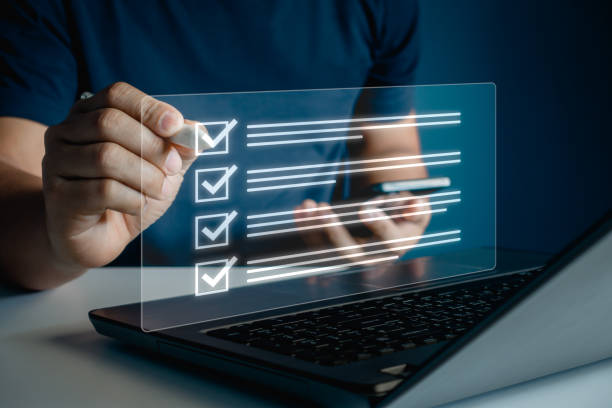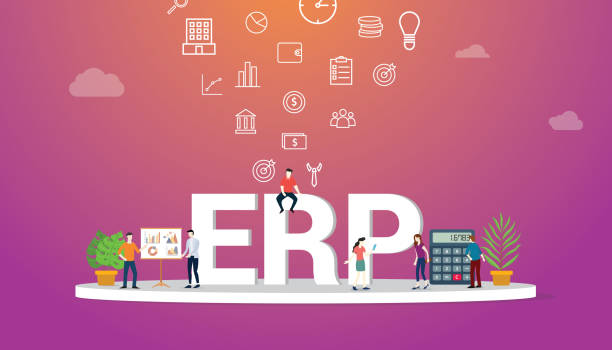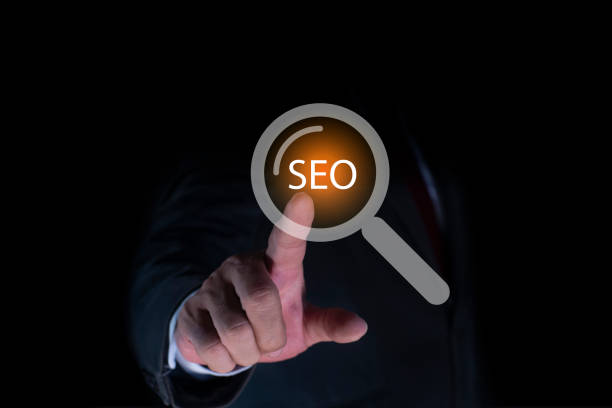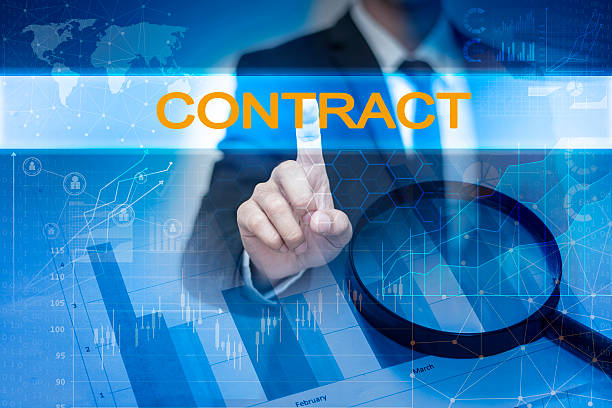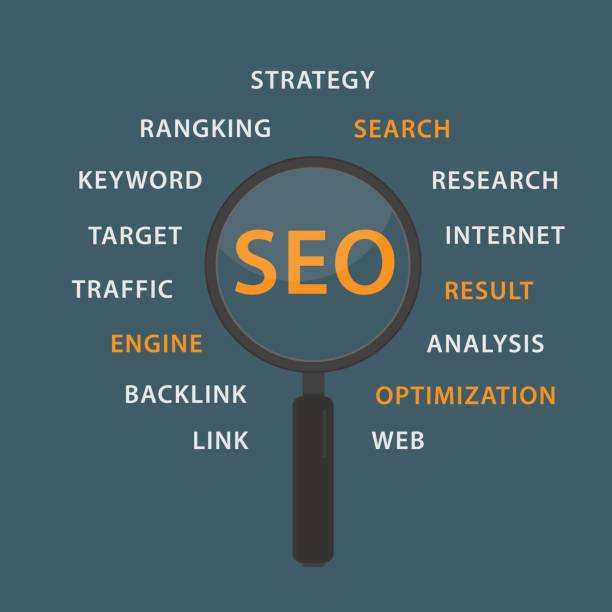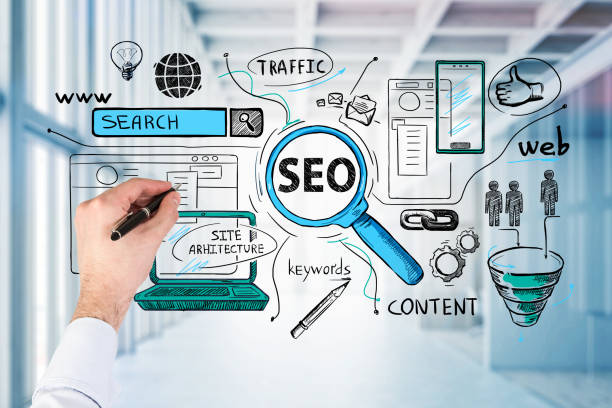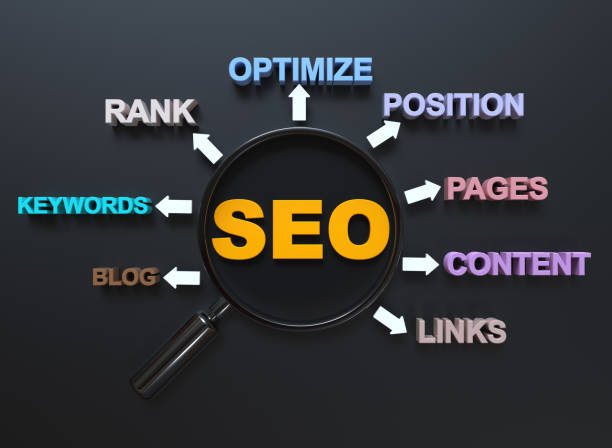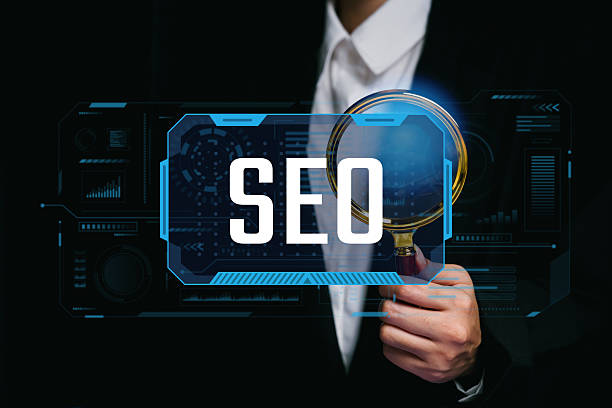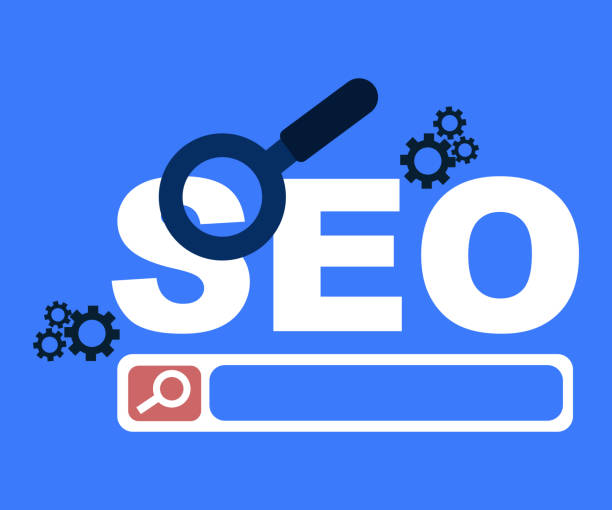What is On-Page SEO? Definition, Importance, and Goals
What is On-Page SEO?
#On-Page SEO is a collection of techniques and actions performed within your website to improve your site’s ranking in the search results of Google and other search engines.
These actions include optimizing content, site structure, HTML tags, images, and other factors related to the inside of the site.
On-Page SEO helps search engines better understand your site’s content and display it to users who are looking for relevant information.
The main goal of On-Page SEO is to increase organic traffic and attract a targeted audience to your website.
By properly optimizing the internal elements of the site, you can increase your chances of gaining higher rankings in search results and, as a result, attract more visitors to your site.
Internal linking is considered an important technique in this regard.
The importance of On-Page SEO in the visibility of your website in the online world is very high.
Without proper optimization, your site will be lost among millions of other websites, and your targeted audience will never find it.
On-Page SEO helps you stand out in search results, attract more traffic, and ultimately achieve your business goals.
The goals of On-Page SEO include improving the site’s ranking in search results, increasing organic traffic, improving user experience, increasing conversion rates, and ultimately increasing revenue.
Are you tired of losing business opportunities due to not having a professional corporate website?
Rasaweb helps you by designing a professional corporate website to:
✅ Build a powerful and reliable image of your brand
✅ Turn website visitors into loyal customers
⚡ Get a free consultation right now!
Keyword Research; The Foundation of On-Page SEO
Keyword Research; The Foundation
Keyword research is the first and most important step in On-Page SEO.
You need to find words that your targeted audience uses to search for information related to your business.
These words should be relevant, popular, and have suitable competition.
There are various tools for keyword research, including Ahrefs, SEMrush, and Google Keyword Planner.
Using these tools, you can find search volume, competition level, and related keywords.
Click here to preview your posts with PRO themes ››
When choosing keywords, pay attention to user intent.
User intent is the main goal of the person searching.
Is the user looking to buy a product? Are they looking for information? Are they looking to solve a problem? By understanding user intent, you can choose the right keywords and produce content that meets the user’s needs.
Also, pay attention to Long-Tail Keywords.
These words are longer and more specific search phrases that usually have less competition and can attract more targeted traffic to your site.
Content Optimization; The Heart of On-Page SEO
Content Optimization; The Heart of On-Page SEO
Content is the most important factor in On-Page SEO.
Your content must be high-quality, valuable, relevant, and optimized for the desired keywords.
High-quality content is content that provides accurate and useful information, answers the user’s questions, and solves their problems.
Valuable content is content that is useful and attractive to the user and encourages them to interact more with your site.
Relevant content is content that is related to your desired keywords and meets the needs of your targeted audience.
To optimize content, use keywords in the title, meta description, headings, main text, and images.
But be careful not to overuse keywords (Keyword Stuffing), as this can harm your site’s ranking.
Also, pay attention to the length of the content.
Longer content usually ranks better in search results because it provides more comprehensive information.
However, your content should be readable and attractive so that the user does not get bored.
Using images, videos, and infographics can help make your content more attractive.
| Element | Importance | Description |
|---|---|---|
| Title | Very High | Must include the main keyword and be attractive and catchy. |
| Meta Description | High | Is a summary of the page’s content and should encourage the user to click. |
| Headings | Medium | Specify the structure of the content and should include relevant keywords. |
| Main Text | Very High | Must be high-quality, valuable, and optimized for keywords. |
| Images | Medium | Should be relevant to the content and have Alt Text. |
HTML Tag Optimization; Search Engine Guide
HTML Tag Optimization; Search Engine Guide
HTML tags help search engines understand the structure and content of your page.
Title Tags, Meta Descriptions, and Heading Tags are among the most important HTML tags for On-Page SEO.
The title tag displays your page’s title in search results and should include the main keyword.
The meta description displays a summary of your page’s content and should encourage the user to click.
Headings specify the structure of your content and should include relevant keywords.
In addition to these tags, Alt tags for images are also very important.
The Alt tag provides a description for the image and helps search engines understand the image’s content.
The Alt tag should be short, descriptive, and include relevant keywords.
Also, pay attention to the use of Schema Markup tags.
Schema Markup tags help search engines gain more information about your page’s content and display it better in search results.
Proper use of HTML tags helps with the site’s On-Page SEO.
Does your current online store design cause you to lose customers and sales?
Rasaweb is your solution with modern and user-friendly online store designs!
✅ Significant increase in conversion rates and sales
✅ Creating strong branding and gaining customer trust
⚡ Get a free online store design consultation from Rasaweb!
URL Structure; Friendly for Search Engines and Users
URL Structure; Friendly for Search Engines and Users
The URL structure of your website should be logical, readable, and optimized for keywords.
URLs should be short, descriptive, and include relevant keywords.
Avoid using uppercase letters, special characters, and random numbers in URLs.
URLs should be designed so that users and search engines can easily understand the content of the page.
For example, instead of using URLs such as `example.com/page?id=123`, use URLs such as `example.com/blog/seo-internal`.
Also, pay attention to using hyphens (-) instead of underscores (_) in URLs.
Google considers hyphens as word separators, while it ignores underscores.
A proper URL structure helps with the site’s On-Page SEO and improves the user experience.
Using optimized URLs is very important for On-Page SEO.
Site Loading Speed; A Critical Factor in SEO
Site Loading Speed; A Critical Factor in SEO
Site loading speed is one of the most important factors in On-Page SEO and user experience.
Users expect websites to load quickly, and if your site is slow, the likelihood of users leaving the site increases.
Google also considers site loading speed as one of the ranking factors.
To improve site loading speed, you can use various methods, including image optimization, enabling Gzip compression, using a CDN, reducing the number of HTTP requests, and using Caching.
There are various tools for measuring site loading speed, including Google PageSpeed Insights, GTmetrix, and WebPageTest.
Using these tools, you can identify problems with your site’s loading speed and implement appropriate solutions to fix them.
A site with a suitable speed plays an important role in On-Page SEO.
Responsive Design; Correct Display on All Devices
Responsive Design; Correct Display on All Devices
Responsive design means that your website should be displayed correctly on all devices, including desktop computers, tablets, and smartphones.
Google considers responsive design as one of the ranking factors because the number of users accessing the internet through smartphones is increasing day by day.
If your site is not optimized for mobile devices, you will provide a poor user experience, and your site’s ranking in search results will decrease.
To create a responsive website, you can use CSS frameworks such as Bootstrap and Foundation.
Responsive design is very important for On-Page SEO.
| Feature | Description | Benefits |
|---|---|---|
| Flexible Design | The page automatically adjusts to the screen size. | Improving user experience on all devices. |
| Responsive Images | Images automatically adjust to the screen size. | Reducing page size and improving loading speed. |
| Mobile-Friendly Navigation | The site menu is optimized for use on mobile devices. | Making it easier to access different pages of the site on mobile. |
Internal Linking; Creating a Connection Between Pages
Internal Linking; Creating a Connection Between Pages
Internal linking is the process of creating links between different pages of your website.
Internal linking helps search engines better understand the structure of your site and identify related pages.
Also, internal linking helps users easily navigate your site and find the information they need.
Internal linking should be done naturally and relevantly.
Avoid linking to unrelated pages and try to place links in the main text of the content.
Proper use of internal links greatly helps your site’s On-Page SEO.
When linking to other pages, use appropriate Anchor Text.
Anchor text is the text that the user clicks on to be directed to another page.
The anchor text should be descriptive and relevant to the content of the destination page.
For example, instead of using the anchor text “Click Here”, use the anchor text “Comprehensive Guide to On-Page SEO“.
Did you know that a weak corporate website loses you many opportunities every day? Solve this problem forever by designing a professional corporate website with Rasaweb!
✅ Create a powerful and reliable image of your brand
✅ Attract targeted new customers and increase sales
⚡ [Get a Free Website Design Consultation]
Sitemap; Search Engine Guide
Sitemap; Search Engine Guide
A sitemap is a file that lists all the pages of your website in XML or HTML format.
The sitemap helps search engines find and index all the pages of your site.
Creating a sitemap is very important for your website, especially if your site is large and complex.
You can register your sitemap in Google Search Console so that Google can easily find it.
The sitemap should be updated regularly to inform search engines of new changes to your site.
Also, make sure your sitemap is error-free and all its links work correctly.
The sitemap is an important factor in On-Page SEO that improves the site’s ranking.
Reporting and Analysis; Measurement and Continuous Improvement
Reporting and Analysis; Measurement and Continuous Improvement
On-Page SEO is an ongoing process, and you should regularly measure and analyze the performance of your website.
There are various tools for reporting and analysis, including Google Analytics and Google Search Console.
Using these tools, you can measure your site’s traffic, keyword rankings, conversion rates, and other important metrics.
Based on reports and analyses, you can identify the strengths and weaknesses of your website and implement appropriate solutions to improve its performance.
On-Page SEO requires patience, effort, and continuous improvement.
By constantly monitoring and making the necessary changes, you can improve your site’s ranking in search results and attract more traffic to your site.
Continuous improvement in On-Page SEO is vital.
Performing On-Page SEO requires constant updating.
Frequently Asked Questions
| Row | Question | Answer |
|---|---|---|
| 1 | What is On-Page SEO? | On-Page SEO refers to a set of actions performed within a website (on its pages) to improve the site’s ranking in search engine results. This includes content optimization, site structure, and HTML codes. |
| 2 | Why is On-Page SEO important? | On-Page SEO helps search engines better understand page content and determine whether that page is relevant and valuable to user searches. This better understanding leads to higher rankings. |
| 3 | What is the first and most important step in On-Page SEO? | Keyword Research is the most important initial step. By finding the right keywords, you can produce targeted and relevant content to user needs. |
| 4 | What is the role of the Title Tag in On-Page SEO? | The title tag is one of the most important ranking factors and should include the main keyword. This tag is displayed as the page title in search results and affects click-through rate (CTR). |
| 5 | What is the importance of Meta Description? | The meta description does not directly affect ranking, but by providing an attractive summary of the page content in search results, it can encourage users to click and, as a result, increase the click-through rate (CTR). |
| 6 | Why is the use of headings (H1, H2, etc.) important in content? | Headings help structure content and improve readability for users and search engine crawlers. Using keywords in headings also helps the search engine better understand the topic. |
| 7 | What does image optimization in On-Page SEO include? | It includes compressing images to reduce size, using descriptive and relevant file names, and filling in the Alt tag (alternative text) with relevant keywords to help search engines understand the image content. |
| 8 | What is meant by internal linking in On-Page SEO? | Internal linking refers to creating links between different pages of a website. This helps spread page authority (Link Equity), improve user experience, and helps search engine crawlers discover new pages. |
| 9 | Why is page loading speed important for On-Page SEO? | Page loading speed is a direct ranking factor and greatly affects user experience. Slow pages can increase bounce rate and decrease user engagement. |
| 10 | What role does quality content play in On-Page SEO? | Quality content, comprehensive, unique, and valuable to the user, is the core of On-Page SEO. This content not only attracts and retains users, but also sends positive signals to search engines and helps to better rankings. |
And other services of Rasa Web Advertising Agency in the field of advertising
Intelligent Digital Advertising: A combination of creativity and technology for user interaction through marketing automation.
Smart Google Ads: An effective tool for user interaction with Google Ads management.
Smart Google Ads: A combination of creativity and technology to increase sales through custom programming.
Intelligent Brand Identity: A new service to increase click-through rate through precise audience targeting.
Intelligent Advertising Campaign: Transform online growth with Google Ads management.
And over a hundred other services in the field of internet advertising, advertising consulting, and organizational solutions
Internet Advertising | Advertising Strategy | Advertorial
Sources
What is On-Page SEO?
,On-Page SEO Training
,What is On-Page SEO and Why is it Important?
,What is On-Page SEO? A Comprehensive and Complete Guide 2024
? In today’s competitive world, a strong online presence is vital for every business. Rasaweb Afrin Digital Marketing Agency, by offering comprehensive services including Fast Website Design, professional SEO, social media management, and targeted advertising campaigns, paves the way for you to reach the peaks of success. With us, your business will be seen at its peak.
📍 Tehran, Mirdamad Street, next to Central Bank, Southern Kazerun Alley, Ramin Alley No. 6

